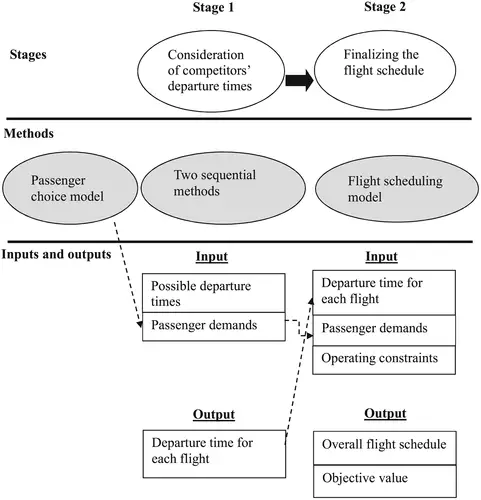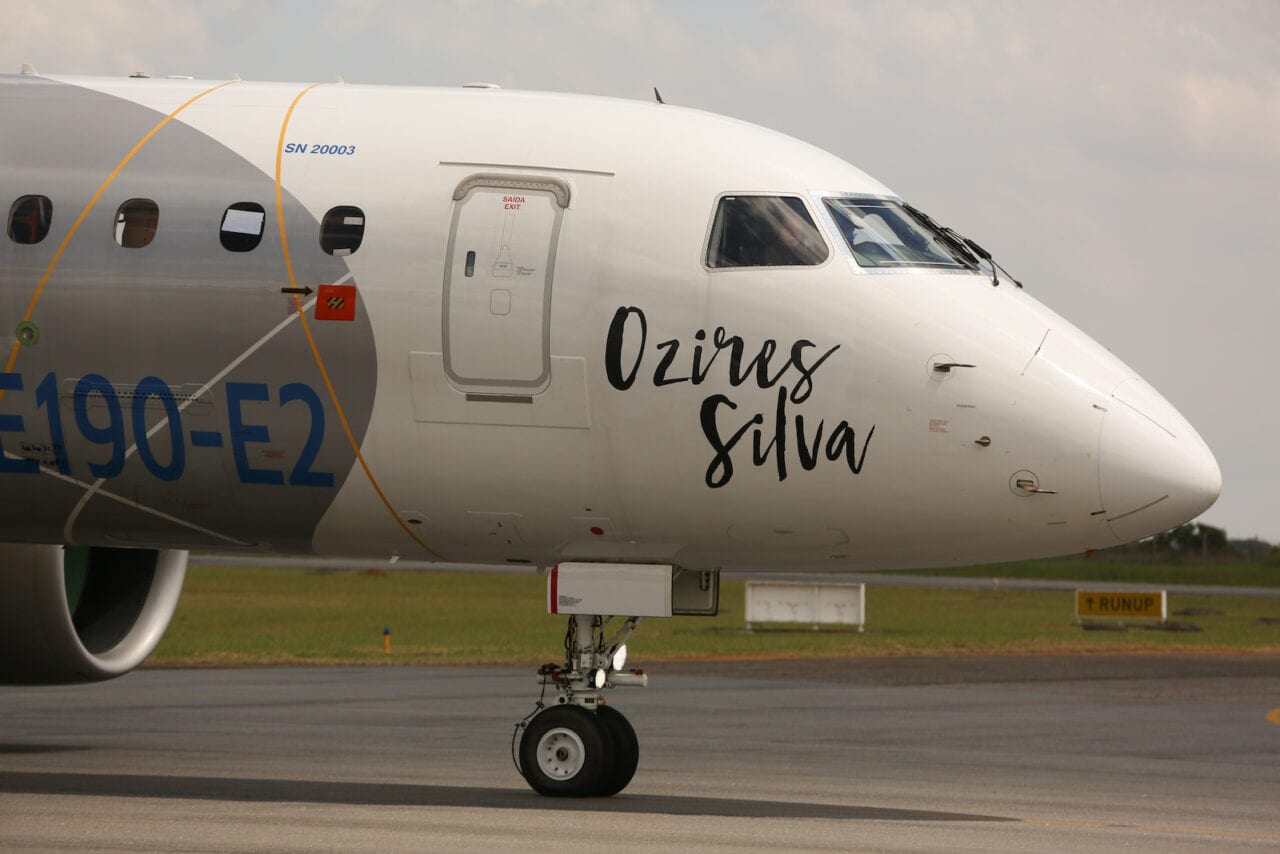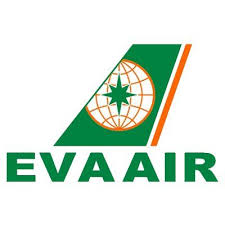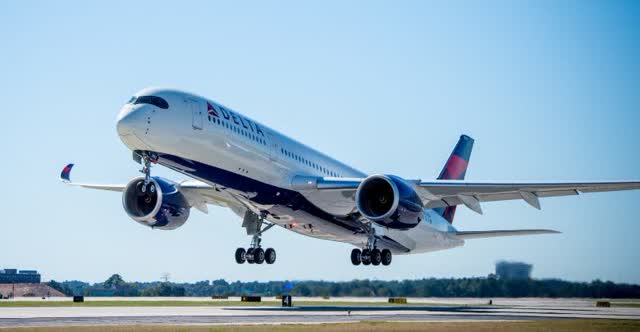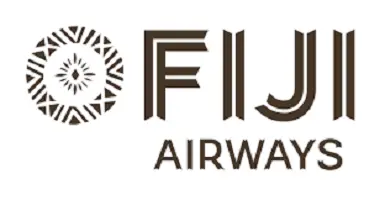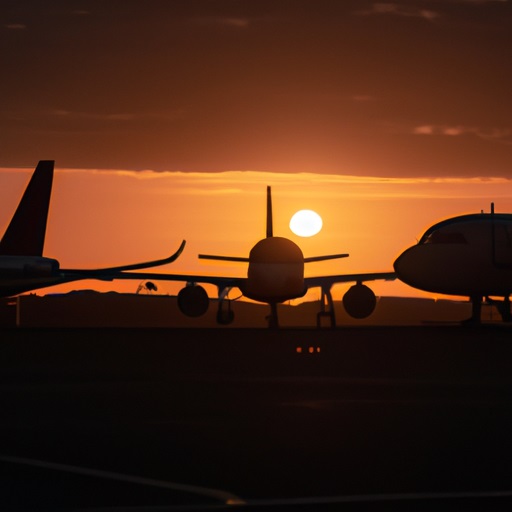
Airline
The airline industry plays a crucial role in the global economy, connecting people and businesses across the world through the transportation of passengers and cargo. However, the industry has faced numerous challenges in recent years, including economic downturns, volatile fuel prices, and, most recently, the COVID-19 pandemic. Despite these challenges, the industry has shown remarkable resilience and is expected to continue its recovery in the coming years.
Types of Airlines by Business Model
Full-Service Carrier
Full-service carriers usually offer several amenities including in-flight meals and beverages, comfortable seating options, and in-flight entertainment.
These airlines typically operate larger aircraft with multiple cabin classes and serve a variety of destinations.
Full-service carriers typically operate flights to major airports in major cities, with one or more hubs for connecting passengers. Additionally, these airlines often have interline agreements and codeshares with other airlines.
Low-Cost Carrier
A low-cost carrier or budget airline is an airline that offers lower fares and fewer amenities in exchange for increased efficiency and overall cost savings. These carriers typically operate on shorter routes with smaller aircraft and have fewer employees onboard during flights.
Some common cost-saving measures employed by low-cost carriers include charging for additional services such as checked baggage or in-flight meals, offering limited flight schedules and routes, and selling tickets only through their own website instead of utilizing traditional travel agents.
While low-cost carriers may not offer the same level of amenities as full-service airlines, they can provide a more affordable option for travelers.
Regional Airline
Regional airlines often provide essential air service to smaller, rural communities that may not have access to direct flights from larger carriers. Regional airlines often serve routes within a specific region or state, such as the Midwest or Northeast.
They also help in connecting smaller cities to major hubs, allowing travelers to catch connecting flights at these hubs and reach destinations all over the world.
Regional airlines are typically less expensive than major carriers, providing an affordable option for travelers.
Regional airlines also employ a significant number of pilots and other aviation professionals, making them important players in the industry as a whole.
A few of the regional airlines are SkyWest Airlines, Republic Airways, Mesa Airlines, and Horizon Air.
Charter Airline
Charter flights typically have specific unscheduled itineraries. This can include flying to destinations that are not usually served by scheduled airlines or flying during periods of high demand (such as during holidays).
Charter airlines often work with travel agencies and tour operators to provide flights for their customers. In some cases, the airline may also market the flight directly to consumers.
As a result, charter flights can be a convenient way to travel to unique or hard-to-reach destinations.
Cargo Airline
A cargo airline is an airline that is dedicated to the transport of cargo, rather than passengers. Cargo airlines typically operate on routes between major industrial centers, and they often have special arrangements with airports and ground facilities to allow for the quick turnaround of aircraft.
Because they are not limited by the need to carry passengers, cargo airlines can make use of larger aircraft, which results in lower unit costs. As a result, they are able to offer competitive rates for the transport of goods.
In addition, many cargo airlines offer specialized services, such as temperature-controlled storage, which can be essential for certain types of perishable commodities.
As the global economy has become increasingly reliant on air transportation, cargo airlines have played an important role in ensuring that goods can be quickly and efficiently moved around the world.
Airline Operating Costs
The operation of an airline entails many different costs. Perhaps the most obvious cost is that of fuel. Airlines use large amounts of fuel, and the price of fuel can fluctuate greatly, affecting airlines’ bottom lines.
Other major costs include aircraft maintenance, employee salaries and benefits, and airport fees. Airports charge airlines for the use of their facilities, and these fees can be quite high.
In addition, airlines must comply with a variety of government regulations, which can add to their costs.
Despite all of these challenges, airlines have found ways to remain profitable by keeping their costs under control and offering passengers a high level of service.
Airline Revenue Streams
The airline industry is a complex business, with a variety of different revenue streams. The most obvious source of revenue is ticket sales, but airlines also generate income from baggage fees, in-flight purchases, and loyalty programs.
In addition, airlines often enter into partnerships with other companies, such as credit card providers and hotels, which can provide a significant source of income.
With so many different revenue streams, it’s no wonder that the airline industry is one of the most competitive businesses in the world.
Airline Deregulation
Airline Deregulation Act was passed in 1978 and it marked a major shift in the airline industry. Prior to deregulation, the government had tightly controlled the industry, setting routes and fares.
However, deregulation allowed airlines more freedom to compete, resulting in lower prices and increased choices for passengers.
In the decades since deregulation, the airline industry has undergone considerable changes. New technologies have transformed the way that airlines operate, and a wave of consolidation has led to the creation of large global carriers.
Despite these changes, one thing remains clear: deregulation has been good for passengers. Thanks to deregulation, flying is more affordable and accessible to millions of passengers than ever before.
Airline Alliances
An airline alliance is an agreement between two or more airlines to cooperate on a range of activities, including but not limited to code-sharing, joint marketing, and coordinated scheduling.
The three largest alliances are Oneworld, SkyTeam, and Star Alliance. Alliances allow member airlines to offer their customers a wider range of destinations and services than they could if they operated independently.
For example, a passenger flying from New York to London on a Oneworld member airline would have the option to connect to any number of Oneworld member airlines upon arrival in London.
Alliances also allow member airlines to share the cost of developing and operating new routes and services. This can make it easier for small or regional airlines to compete against larger airlines by providing them access to a global network of destinations and services.
Finally, alliances can provide passengers with a more seamless travel experience through coordinated baggage handling, check-in, and customer service protocols.
Major Airlines in the World
- American Airlines
- Delta Air Lines
- United Airlines
- Emirates
- Southwest Airlines
- China Southern Airlines
- Ryanair
Global Airline Industry Trends
Increasing investment in sustainable technology.
One example is the use of sustainable aviation fuels (SAF), which can significantly reduce carbon emissions.
In 2019, major airlines such as Delta and United announced partnerships with companies to increase their supply and usage of SAF.
Implementation of biometrics
Some airlines have incorporated biometrics into their check-in process, allowing passengers to use their fingerprints or facial recognition to verify their identity.
Onboard, biometrics can also be used for verifying passenger identities during the boarding process and providing secure access to in-flight entertainment systems.
Improved engagement with customers through social media management
Airlines are increasingly monitoring and responding to customer inquiries and complaints on social media platforms. This not only improves customer satisfaction but also enhances the airline’s reputation as a responsive and attentive brand.
Another approach is through personalized interactions with customers, such as addressing them by name in replies or sending out birthday wishes on their special day. These personalized touches humanize the brand and improve customer loyalty.
Additionally, airlines are using social media as a platform for sharing special promotions and deals with their followers. This not only increases customer engagement but also drives sales.
Overall, through active monitoring, personalized interactions, and promotion of deals, airlines are improving engagement with customers through social media management.
As the airline industry continues to evolve, it will be interesting to see what new trends emerge in the years to come.
In this type of market situation, passengers are sensitive to the departure time of a flight rather than the transfer time. The airline needs to carefully ...
Embraer CEO Francisco Gomes Neto said the Brazilian aircraft manufacturer’s regional E-Jets are well-positioned for an eventual recovery from COVID-19’s impact ...
Alliance cooperation principally involves two activities: Reciprocally linked frequent flyer programs and Codesharing, generally (but not always) reciprocal. ...
Already one of the largest revenue categories for airlines, ancillary products are well positioned for continued growth. Booking Holdings, the world’s leading ...
For airlines, it still takes a lot to make a little. Tickets cover costs, but baggage fees, seat fees, reservation-change fees and just about every other ...
Any company operating in the airline industry must maintain and strengthen a set of competitive advantages that differentiate it from its competitors. ...
Long-haul low-cost traffic appears to have really taken off, with the arrival of new players on the scene and a proliferation of routes. How are airports ...
Lower oil prices reduce fuel bill. Recent oil price collapse is driven by price war on oil, but the slide down in oil prices in recent months could signal ...
The low-cost business model has been all conquering in short-haul markets, but few have tried to make a go of it in long-haul. With the pandemic triggering ...
Under the surface of the U.S. airline industry, 65 largely unknown regional carriers account for 40% of all flyers. After years of stability, they are once ...
Norwegian finally ceased its long-haul operations in January 2021, which was well anticipated after reporting losses long before the Covid-19 pandemic. ...
In the ever-evolving world of commercial aviation, major airlines and regional carriers often collaborate to provide seamless travel experiences for ...
Airline alliances save you time and money, while affording you access to a wider net of travel-related items and experiences. Source: 4 Benefits of Airline ...


